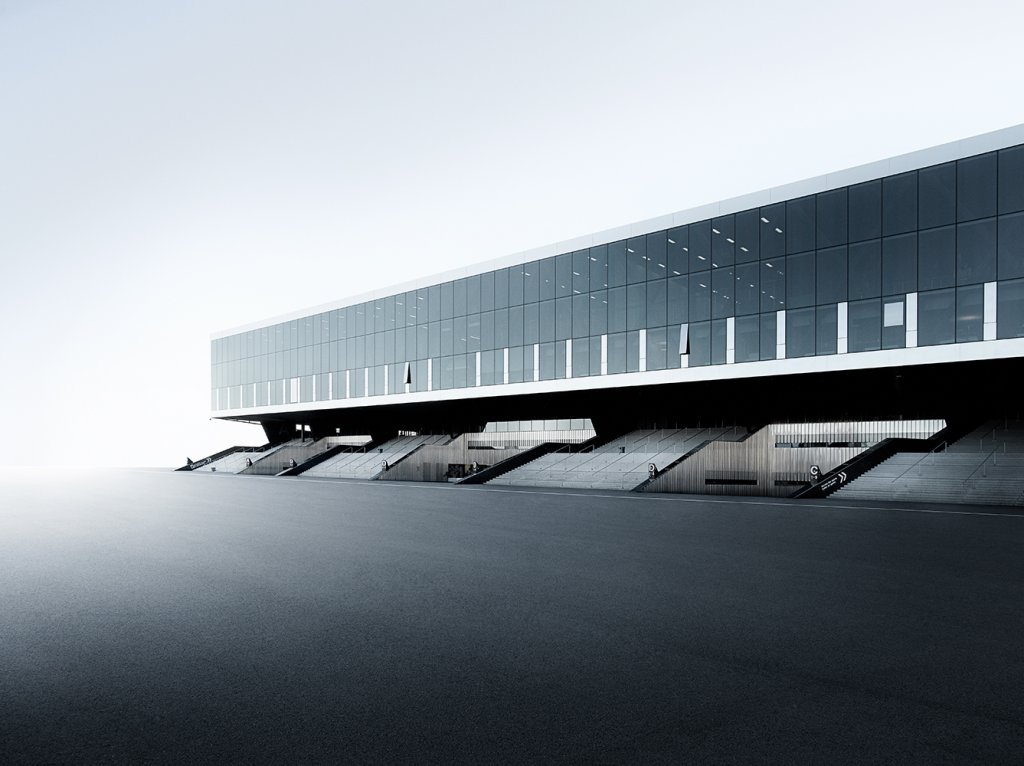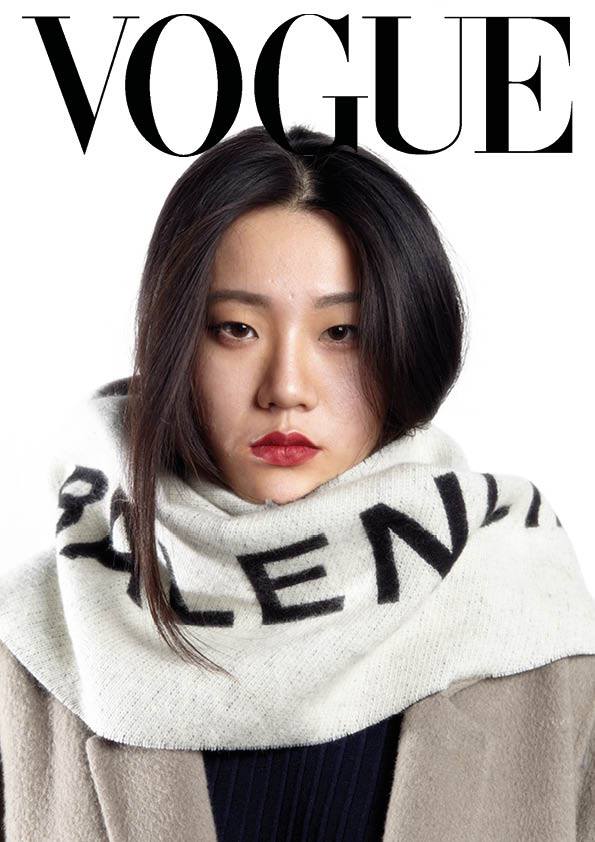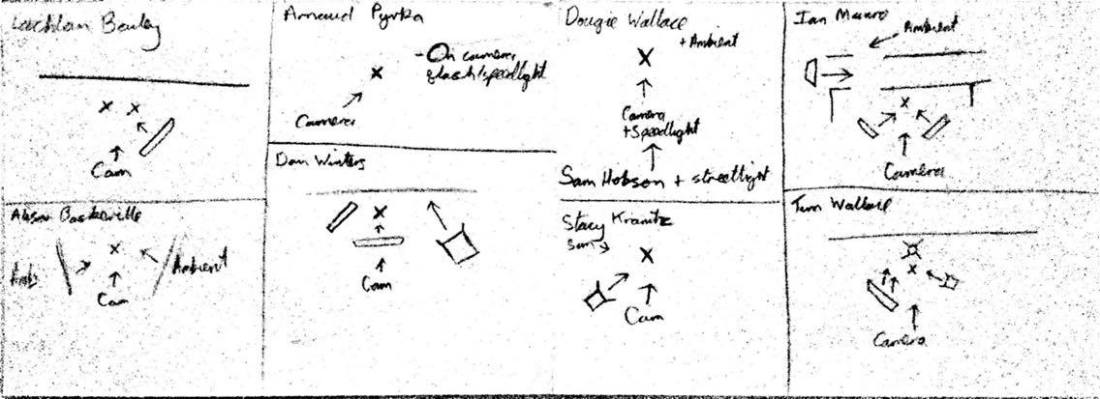
Jörd Steck is a German architectural photographer with numerous exhibitions across Germany and the UK and a wide ranging client base; including airlines, the automotive industry, and banks.
An independent photographer since 2002, Steck became a full member of the Association of Photographers in 2016.
I particularly like the compositions of his work, especially they way he sticks to framing techniques such as the rule of thirds, and his use of leading lines to draw the viewer into the image. In the image above, while this probably isn’t intentional as a commercial photographer rather than an artistic one, Steck has composed the image so that it becomes visually uncomfortable, with the structure coming into the image from the right, against the natural flow of the viewer’s eye.
This also seems to mix both pictoral/fine art and straight photographic styles, shooting at a narrow aperture to ensure the subject is sharp, while leaving the shutter open for a long duration to blur any background actions. On top of this, there is possibly a lot of post processing to introduce a more industrial colour palette, as well as removing all signs of any human presence and street furniture.

die Kirche Cantate Domino wurde erbaut von Tassilo Sittmann und Walter Schwagenscheidt, geweiht 1966

St. Ignatius und St. Antonius in Frankfurt am Main Architekt: Gottfried Böhm, 1964 geweiht

St. Ignatius und St. Antonius in Frankfurt am Main Architekt: Gottfried Böhm, 1963 geweiht
Away from architecture, Steck covers other areas, such as international reportage in places like Moscow or Tibet, portraiture, and documentary photography of the Rhur area of Germany; a post-industrial environment which suits his muted style of work.










































